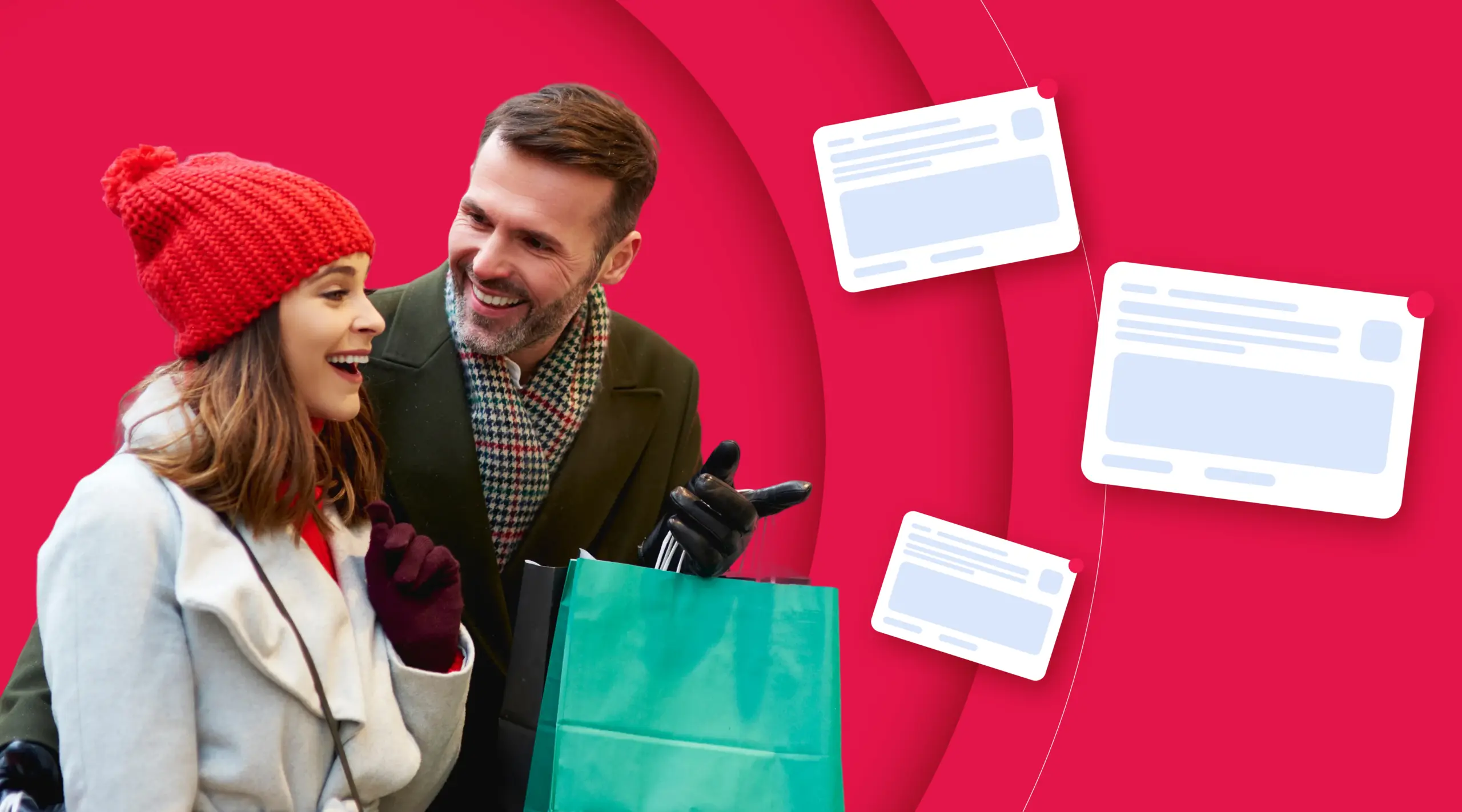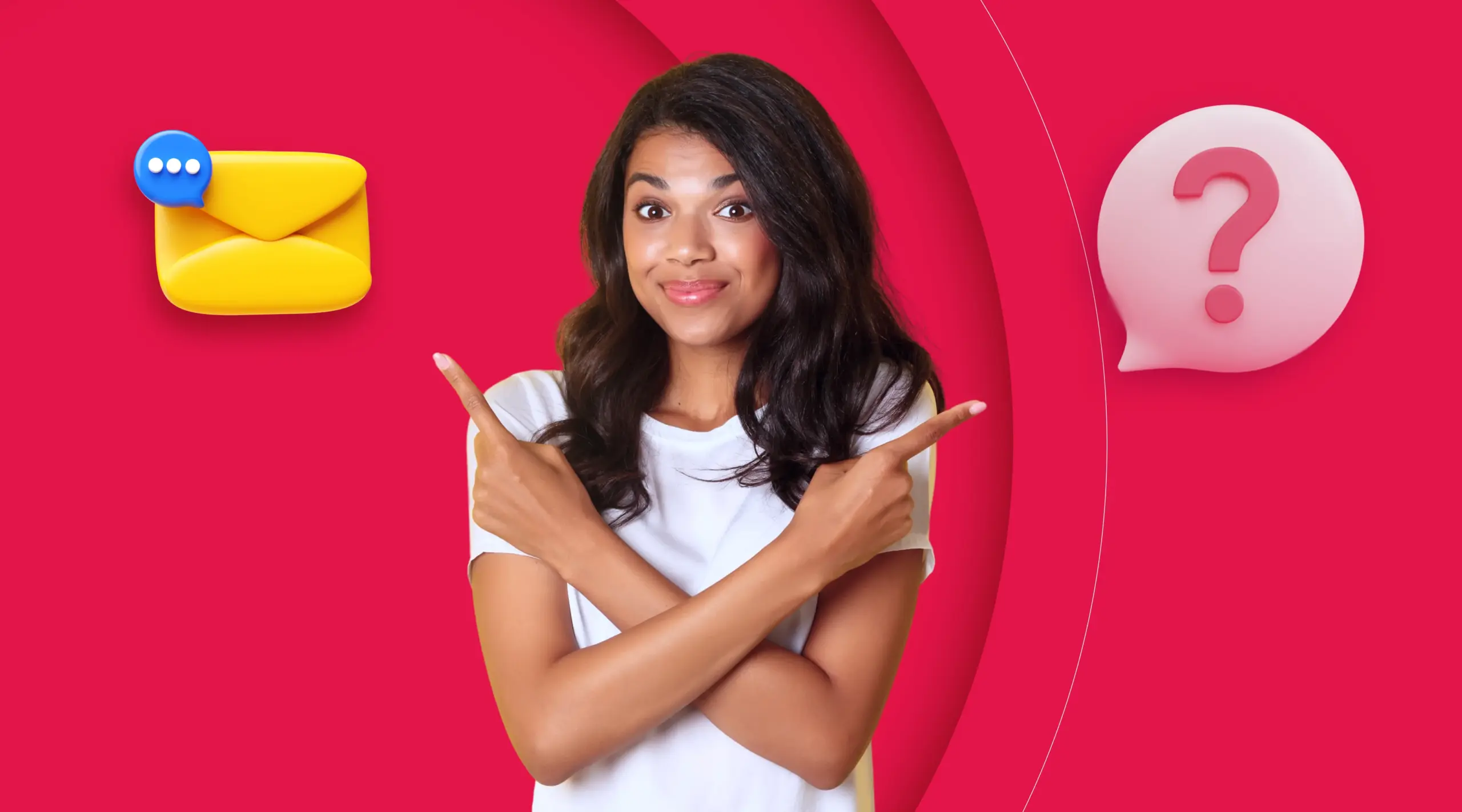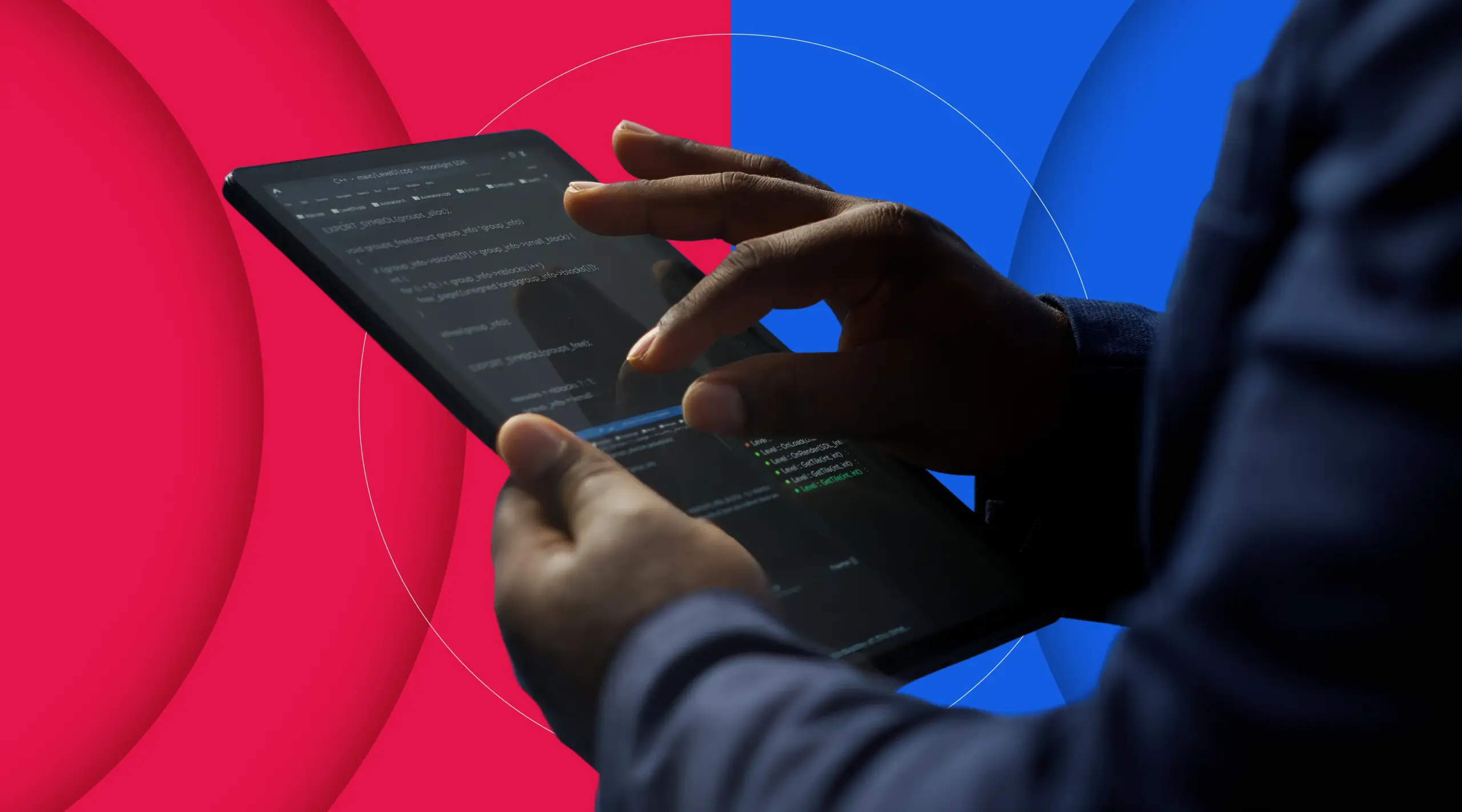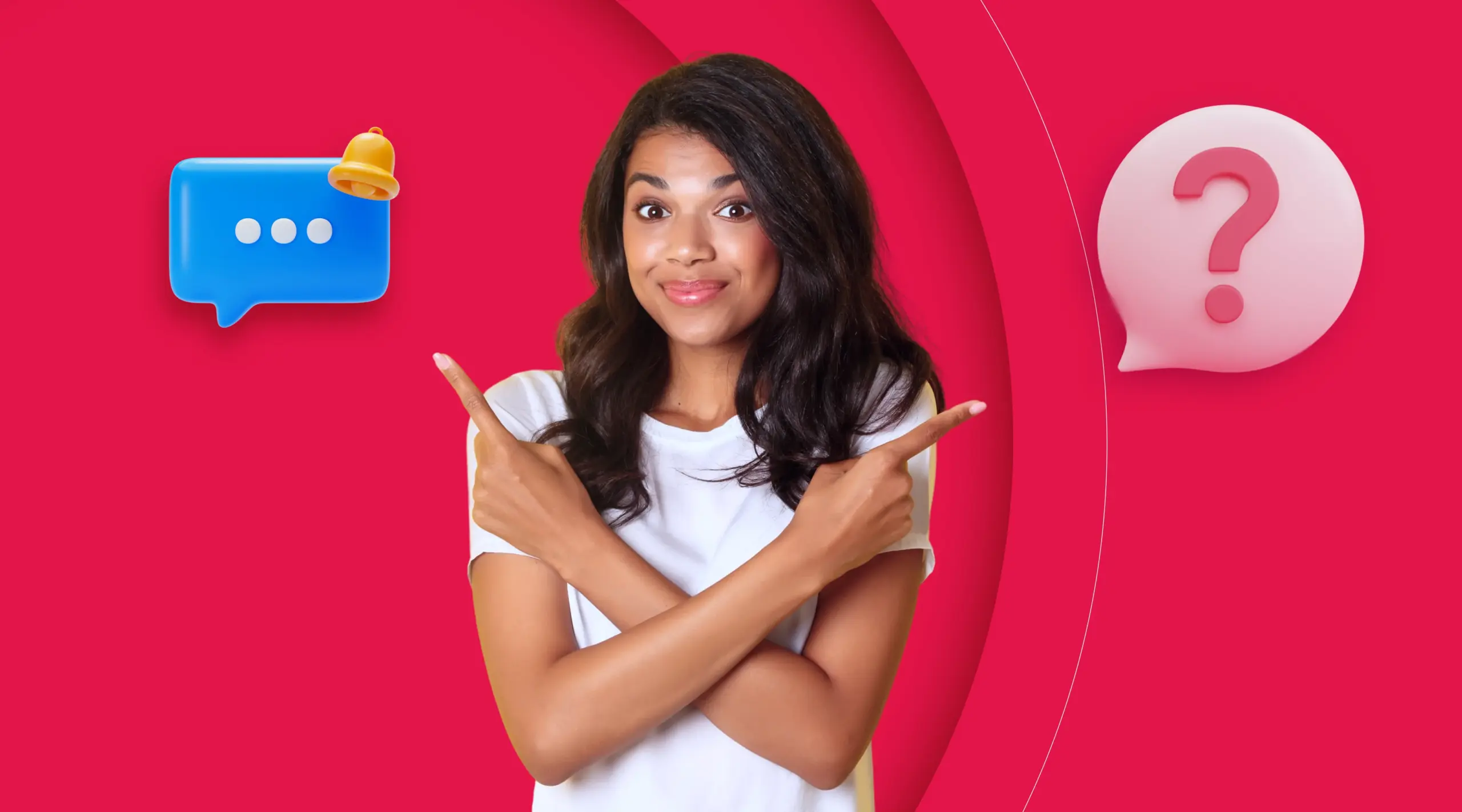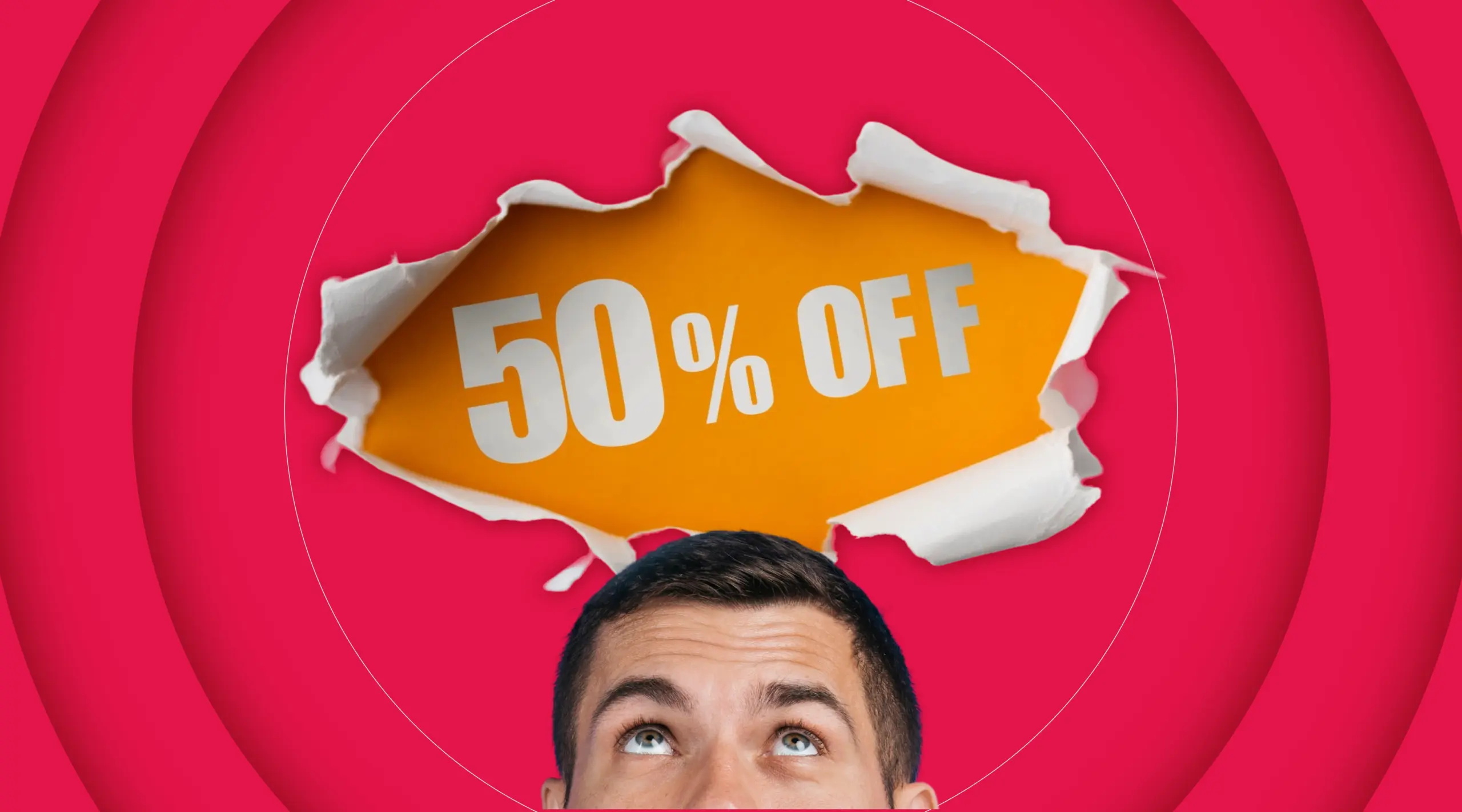
To send a personalized offer has become an indispensable lever for marketing and sales teams wishing to create value, maximize conversion, and build customer loyalty. In an environment where over-solicitation is the norm, the ability to send a personalized offer effectively puts the customer back at the heart of the sales proposition.
Why send a personalized offer?
Personalizing your offer means adapting it to a specific customer, based on his or her expectations, history or behavior. This strategy is becoming increasingly widespread, particularly in the B2B, e-commerce, tourism and digital services sectors. It relies on a detailed analysis of customer data and appropriate multi-channel communication.
According to a study by Segment (2023), 52% of consumers claim that personalization improves their satisfaction, while 77% say they are frustrated when they receive irrelevant communication.
Key benefits:
- Improved conversion rate (up to +20% on targeted campaigns)
- Strengthened customer relations
- Creation of an experience tailored to the customer
- Enhance the value of your service or product through relationship marketing
- More relevant upsell and cross-sell opportunities
- Reduced churn and attrition rates
- Increase average shopping basket and perceived product value
How to personalize an offer?
Understand your customers’ needs
Before even sending an offer, you need to understand your target audience:
- What are the customer’s specific issues?
- What is their purchasing profile (B2C / B2B, frequency, budget)?
- At what point in the customer’s buying journey?
This requires rigorous collection of customer data (forms, cookies, purchase history, CRM) and analysis via tools like Hubspot, Salesforce, or Pipedrive. In-house documents such as persona sheets, product sheets and behavioral analysis tables enable us to better segment potential buyers and manage each communication object more effectively.
Adrena’tips: create a customer map, enrich CRM records and use dynamic scoring to target online offers.
Personalize both the offer and the message
A personalized offer is more than just the product: it also includes the way in which it is presented. It’s important to tailor the experience:
- Message content: text, image, link, tone, layout
- Medium: e-mail, private message, push web, WhatsApp, SMS, post
- Form: mail design, visual header, PDF document, dedicated landing page
- The subject of the proposal: whether it’s a discount, an added service or a complementary product
Example: a SaaS company can send a 15-day trial offer to a prospect who has consulted a product page several times, including a comparison document, a video, a personalized link and a follow-up message with an appropriate tone.
Choosing the right delivery channel
| Channel | Strengths | Message Example |
|---|---|---|
| Automatable, cost-effective, content-rich | Email with CTA, image, document, personalized header | |
Web Push |
Instant, appears on device, high click-through rate, GDPR-compliant | Targeted offer based on browsing or viewed product |
SMS |
Open rate > 90%, effective in the short term | Message with time-limited offer |
WhatsApp / Chat |
Relational, interactive, highly personalized | Follow-up after unconverted product interest |
Adrena’tips: to automate your campaigns, use platforms like Adrenalead, Klaviyo, Sendinblue, ActiveCampaign, or Salesmanago.
Strategic tips for 2025
- Create automated scenarios using marketing automation tools to manage your offers
- Analyze performance (open rates, clicks, conversions per commercial offer)
- Personalize down to graphic style (style, design, colors, header, visuals)
- Prepare multiple content variants to A/B test your propositions
- Consider personalization at the landing page level
- Document each campaign in a shared dashboard with your teams, including detailed tracking of offered prices, generated sales, and collected customer/prospect data
Real-world example: the fictional company “SensoBureau”
SensoBureau sells ergonomic equipment for remote work. Here’s how the company sets up a personalized multichannel offer.
After a visitor browses product pages without making a purchase, they receive:
- A web push notification with their first name, the image of the chair viewed, and a link to the product page
- An email 24 hours later with a personalized offer based on their preferences (clean design, expert tips, a PDF guide on home ergonomics)
- A SMS with a temporary promotional code
- Finally, a WhatsApp message including a link to a tutorial video tailored to their user profile
This sequence helps the company reach a 28% conversion rate on this specific offer, while improving relationship management and buyer satisfaction.
Industry-based personalization: Web Push as a cross-channel lever
Tourism: customers often hesitate before booking a trip. A company can send a Web Push notification with inspirational content (articles, weather info, experiences), then follow up with a personalized ad based on the destination viewed.
Banking & insurance: a company can send a targeted email to re-engage prospects who ran a loan simulation. It’s paired with a Web Push notification, a product page, and content tailored to the customer profile.
Health & beauty: a purchase triggers a personalized SMS suggesting a complementary product, while an email and Web Push highlight a contextualized and personalized offer.
Tools to create and manage personalized offers
- Marketing automation: ActiveCampaign, Plezi, Webmecanik
- CRM: Salesforce, Hubspot, Zoho CRM (for collecting and analyzing data)
- Email tools: Mailchimp, Sendinblue, Klaviyo (for automated personalized email campaigns)
- Web Push : Adrenalead
- Dynamic personalization: Nosto, Segment, Personyze
In a nutshell:
- Personalization is a powerful conversion lever for sales and marketing teams.
- It’s not just about changing a first name — content, channel, subject line, timing, offers, and relationship must all be adapted.
- Company data is at the heart of the process. CRM systems and automation tools are essential.
- Web Push, SMS, and email complement each other to create an effective multichannel journey and experience.
- The results speak for themselves: an average of +20 to +30% more conversions.
FAQ: your frequently asked questions
What are the main risks to avoid?
- Over-segmentation: overly specific targeting can make the offer less relevant or invisible to part of your contacts.
- Lack of consent (GDPR): always make sure to obtain explicit consent before any communication.
- Superficial personalization: just mentioning the first name isn’t enough; align the offer and content with real needs.
Can you personalize without a CRM?
What’s the best sending frequency?
- B2B: 2 to 3 follow-ups maximum to preserve the relationship.
- B2C: adapt to behavior. Example: after a cart abandonment, send 1 push notification + 1 email within 48h.
